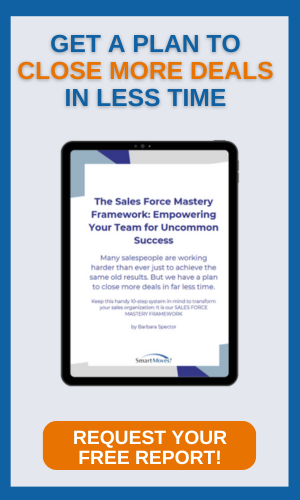Rick Lepsinger — April 9, 2019

If there’s one thing that today’s companies can agree upon, it’s that employee turnover is expensive. But the costs of replacing an employee goes far beyond purely financial considerations. When an employee leaves, there are often knowledge gaps, remaining employees can become overworked, and this creates a distraction for the company as it works to replace them. Answering the question of how to improve employee retention and motivation, then, is critical for sustainable business success.
Fortunately, there are a number of ways companies can determine whether or not they’re doing everything they can to boost engagement and drive employee retention. By implementing coaching strategies at every level, organizations can take a good step toward building strong succession pipelines to retain top talent.
Are You Neglecting Employees?
Many organizations today often overlook the problem of neglected employees. New research has shown that employees who feel ignored or neglected are likely to leave their jobs. This trend fits with much of what employers already know about millennial employees, who want to work for companies that both provide them with a sense of purpose and a feeling of genuine community.
This has important implications for development because simply engaging employees is often one of the more effective employee retention techniques. When employees aren’t provided with guidance in terms of career opportunities or skills improvement, they are more likely to become disengaged and, eventually, leave the organization. Finding ways to engage employees in their own development, then, is incredibly important for cultivating the next generation of leaders and strengthening retention.
Are You Helping Employees to Plan Ahead?
Reaching out to employees early to help them identify their future goals and opportunities is a good first step to building an organizational culture that emphasizes development and employee retention. At an early stage, managers and HR departments should work with employees to develop a professional development plan (PDP) that assesses their present position and skills while also outlining where they might be able to go in the future. A good PDP is one of the most effective employee retention tools at an organization’s disposal. Research suggests that encouraging employees to think ahead actually makes them far more likely to remain within an organization.
Using assessment feedback and evaluating existing competencies, employees can establish short- and long-term goals that provide a sense of purpose and direction within the organization. This is not only beneficial for employees, but also for the company itself. Every employee is an investment, and failing to give them the development tools they need to make themselves more valuable assets will lead to negative outcomes in the form of high turnover rates.
Do You Encourage Mentorship?
When considering different strategies and ideas for employee retention, companies often overlook one of the most important resources they have at their disposal: experienced senior employees. These individuals are well-positioned to provide guidance and knowledge to high-potential candidates who are being groomed as future leaders. A good mentor can not only help an employee develop the skills they need for their current and future positions, but also encourage them to think about their ambitions and professional development.
A recent Deloitte study found that mentoring had a positive impact on millennial retention. Employees intending to stay with an organization for longer than five years were twice as likely to have a mentor (68 percent) than not (32 percent). They were also far more likely to have a sense of purpose and feel that the organization valued their skills and development. Taken together, these findings suggest that mentorship is among the most effective employee retention tools.
Are Your Leaders Receiving Feedback and Coaching?
While mentorship is focused on guidance and development, sometimes employees want more direct or ongoing feedback. Implementing a coaching system that helps employees identify areas in need of improvement not only strengthens the overall pool of internal candidates in a succession pipeline, but also communicates that the company is committed to development.
Organizations once directed coaching efforts mainly at the executive level, but in recent years they have come to recognize the value of cascading skills throughout an organization. The perfect time to develop a leader is before they step into a leadership position with coaching that provides the guidance needed to develop the competencies of an effective leader.
Most employees want to be coached in some capacity, but unfortunately very few of them actually receive it. Organizations often provide 360s and other tools without the coaching recommendations to go along with them. This has the effect of making employees feel unvalued and not supported, causing them to seek opportunities (and appreciation) elsewhere.
Establishing a coaching process that helps guide people through the developmental process is especially valuable for driving employee retention. One-on-one coaching that utilizes direct feedback in conjunction with case studies, simulations, and roleplay exercises not only teaches leadership candidates how to perform their current tasks more effectively, but also prepares them for the challenges they might face in the future. The result is more robust succession pipelines filled with candidates committed to improving their leadership skills and well-prepared to step into more senior roles when the opportunity presents itself.
By adopting coaching strategies that identify employee development needs and build the skills they need for success, organizations can keep their best talent engaged and committed. Reducing turnover not only benefits companies from a financial standpoint, but it also creates a culture of high engagement that avoids the dangers of leadership gaps while promoting stability throughout the organization.





